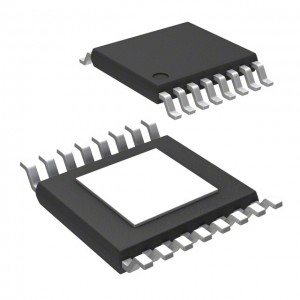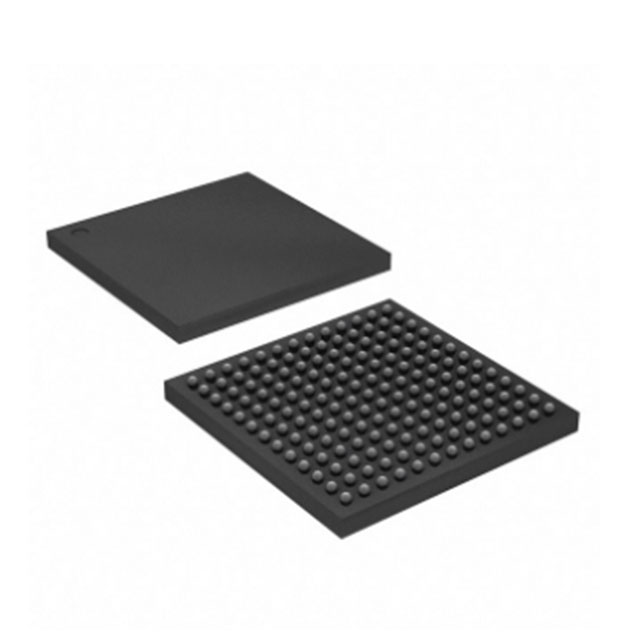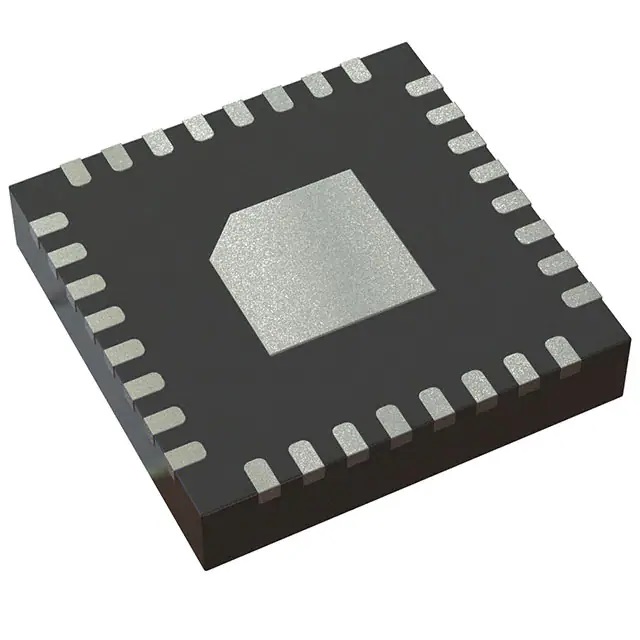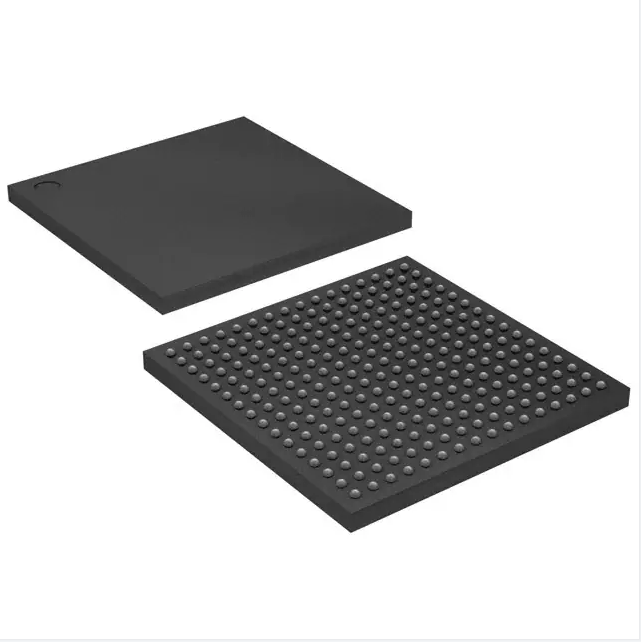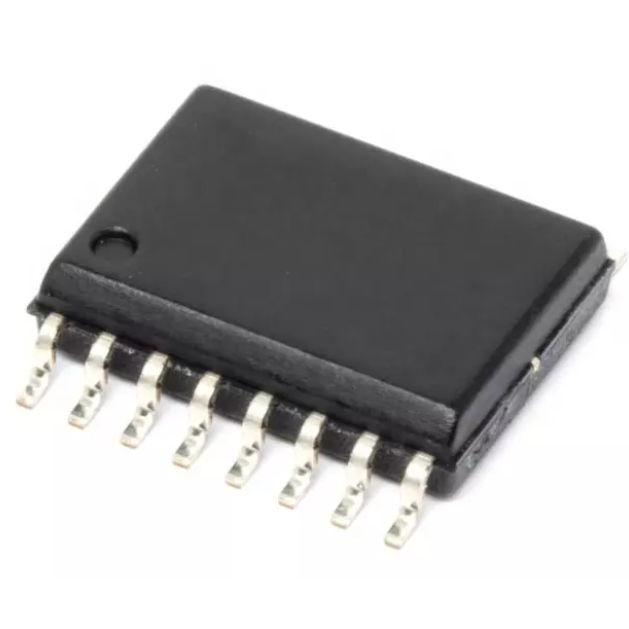New And Orignal Drv11873pwpr Intergrated Circuit Ic Chip
Product Attributes
|
TYPE |
DESCRIPTION |
|
Category |
Integrated Circuits (ICs) PMIC - Motor Drivers, Controllers |
|
Mfr |
Texas Instruments |
|
Series |
- |
|
Package |
Tape & Reel (TR) Cut Tape (CT) Digi-Reel® |
|
Product Status |
Active |
|
Motor Type - Stepper |
- |
|
Motor Type - AC, DC |
Brushless DC (BLDC) |
|
Function |
Driver - Fully Integrated, Control and Power Stage |
|
Output Configuration |
Half Bridge (3) |
|
Interface |
PWM |
|
Technology |
Power MOSFET |
|
Step Resolution |
- |
|
Applications |
Fan Motor Driver |
|
Current - Output |
1.5A |
|
Voltage - Supply |
5V ~ 16V |
|
Voltage - Load |
0V ~ 17V |
|
Operating Temperature |
-40°C ~ 125°C (TJ) |
|
Mounting Type |
Surface Mount |
|
Package / Case |
16-PowerTSSOP (0.173", 4.40mm Width) |
|
Supplier Device Package |
16-HTSSOP |
|
Base Product Number |
DRV11873 |
|
SPQ |
2000/pcs\ |
Introduction
The controller is a command device that changes the wiring of the main circuit or control circuit and changes the resistance value in the circuit in a predetermined order to control the starting, speed control, braking and reversing of the motor. It is composed of program counter, instruction register, instruction decoder, timing generator and operation controller, which is the "decision-making body" to issue commands, i.e., to coordinate and direct the operation of the whole computer system.
Features
Input Voltage Range: 5 to 16 V
Six Integrated MOSFETs With 1.5-A Continuous
Output Current
Total Driver H + L RDSON 450 mΩ
Sensorless Proprietary BMEF Control Scheme
150° Commutation
Synchronous Rectification PWM Operation
FG and RD Open-Drain Output
5-V LDO for External Use up to 20 mA
PWMIN Input from 7 to 100 kHz
Overcurrent Protection With Adjustable Limit
Through External Resistor
Lock Detection
Voltage Surge Protection
UVLO
Thermal Shutdown
Main classifications
The controller is divided into a combination logic controller and a microprogram controller, and each of the two controllers has its own strengths and weaknesses. The design of the combinatorial logic controller is troublesome and complex, and once the design is complete, it cannot be modified or expanded, but it is fast. The microprogram controller is convenient to design, the structure is simple, it is convenient to modify or expand, and the function of modifying a machine instruction only needs to recompile the corresponding microprogram; To add a machine instruction, simply add a microprogram to the control memory, however, by executing a microprogram. The specific comparison is as follows: The combinatorial logic controller, also known as the hard wiring controller, is composed of logic circuits and relies entirely on hardware to achieve the function of instructions.
How it works
Electromagnetic chuck controller: ac voltage 380V after the transformer buck, rectifier into 110V DC through the control device into the chuck at this time the chuck is magnetized, demagnetization through the reverse voltage circuit, the controller to achieve demagnetization function。
Access Control Controller: The access control controller works in two modes. One is the inspection mode, and the other is the recognition mode. In patrol mode, the controller continuously sends a query code to the reader and receives a reply command from the reader. This pattern remains until the reader senses the card. When the card reader senses the card, the card reader produces different replies to the controller's inspection command, in this reply command, the card reader transmits the read sensor card internal code data to the access control controller, so that the access control controller enters the recognition mode. In the recognition mode of the access control controller, the access control controller analyzes the internal code of the induction card, compares it with the card data stored in the device, and implements subsequent actions. After the access controller completes the action of receiving data, it will send a command to reply to the card reader, so that the card reader can return to the state, and at the same time, the access control controller will return to patrol mode.
Application Scope
1.Appliance cooling fan
2.Electrical cooling fan
3.Server cooling fan







